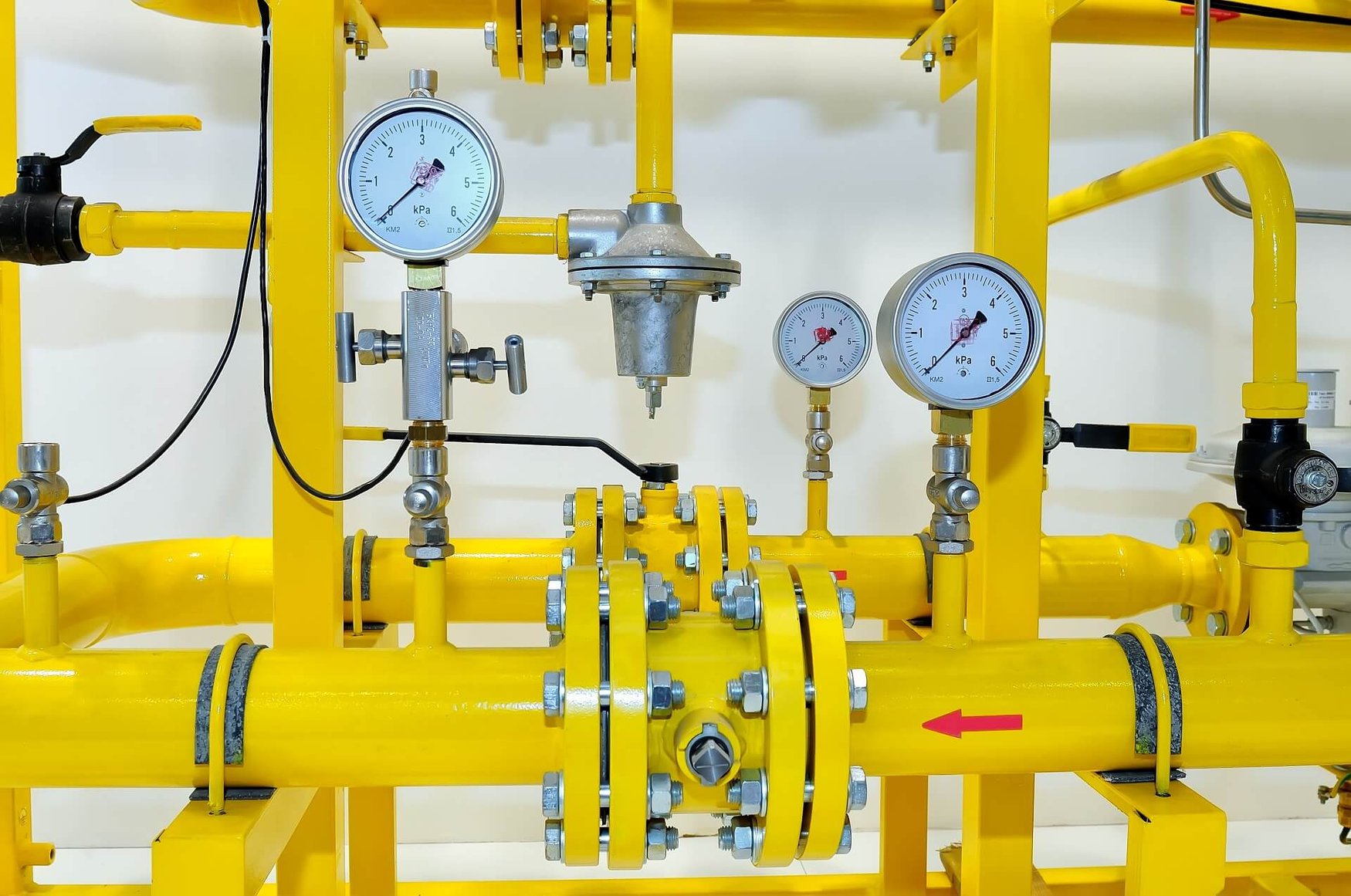Safe Chicago Natural Gas Installation Practice

There are stringent natural gas piping installation and repair requirements in every city. Before we explain more about the various natural gas piping requirements, safety issues surrounding gas installation in the City of Chicago and steps to take in the event of a natural gas leak emergency, it’s important to understand the prevailing regulatory context to natural gas distribution piping there.
Regulatory Context to Natural Gas Piping Installation in Chicago
The regulatory backdrop to natural gas pipe installation and piping materials in Chicago is mainly governed by the City of Chicago Building Code which in turn adopts the International Fuel Gas Code with certain additions, outlined below along with various standards.
The current editions of these codes and standards should always be consulted prior to natural gas piping specification, installation and repair. These outline the various requirements relating to gas piping installation and repair. What follows here is for guidance purposes only.
Piping Material additions
Concealed fittings are not allowed. Brass mechanical attachment fittings in a Corrugated Stainless Steel Tubing (CSST) system are suitable for concealed use in accordance with a ANSI standard but concealed fittings are not permitted in the City of Chicago (except for connection of CSST to through-wall rigid pipe at meter and appliance sub-outs).
Manifolds not approved to be concealed. Distribution manifolds comprising standard malleable tees and listed brass fittings are not approved to be concealed. (For concealed installation, an access panel should be installed to provide access to the manifold assembly).
Oxygen not permitted: Where test mediums are air, an inert gas or nitrogen, oxygen shall not be used.
Supplemental and Standby Gas Supply addition
Gas Boosters. Where a customer is boosting natural gas pressure, an approved customer-owned back pressure valve (check valve) shall be installed at the outlet of the meter owned and maintained by the local natural gas utility company.
Natural Gas Pipe Installation
Mercaptan
Natural gas is colorless and odorless. That is why utility companies use an odorant and sulfur additive called mercaptan in natural gas systems. It’s smell can alert people to the event of a gas leak.
Gas Pipe Size/Material
When moisture is present, the hydrogen sulfide present in the natural gas becomes acidic. This acidity can cause corrosion to copper or galvanized pipe with a zinc coating.
Note: The use of black pipe should not be confused with yellow CSST connector hose, Flexible Appliance Connectors (FAC), often coated in yellow plastic.
According to a City of Chicago Department of Buildings Code memorandum:
Rigid non-flexible schedule 40 rigid black steel (not galvanized or copper) pipe are permitted for natural gas pipe distribution within the wall of a building and past the outlet side of the gas meter or appliance.
FAC upto 6 ft in runs are permitted from a rigid gas pipe outlet:stub-out to give a flexible connection to a dryer, stove or other such gas-burning appliance. These cannot extend inside a wall and should be open to visual inspection, listed and labeled to meet American National Standards Institute (ANSI) standards and coated.
Gas Fittings Size/Material
Gas fittings with an internal diameter of up to 2 inch are to be classed 150 malleable iron to meet American Society of Mechanical Engineers (ASME) requirements. Gas fittings with an internal diameter over 2 inch shall be rigid non-flexible schedule 40 black steel welded fittings to meet ASME requirements. Press Type or Dresser Couplings are not permitted where used inside a wall or on the outlet side of the gas meter or appliance.
Shut-Off Valves
Every gas piping system connection to a fuel burning appliance is to have its own shut off valve, at least the size of the connector and located ahead of it. For FAC connections to fuel-burning appliances, such valves shall be located up to 6 ft from the appliance. For Hard Gas Pipe Connections to appliances such valves should be located up to 2 ft from the appliance. Shut off valves should be in the same room or space as an appliance and fully visible.
Welding
Gas piping with an inside diameter over 2 inch or with over 5lbs / sq. inch gauge pressure shall be welded by those having a valid Welder’s Certification to meet ASME Boiler and Pressure Vessel Code needs and performed in accordance with ASME Pressure Piping Code - Gas Transmission and Distribution Piping System requirements.
Pressure Testing
Following all installation or repair, all gas piping requiring 24 hours service interruption, shall be pressure tested to meet ANSI National Fuel Gas Code. If a piping system fails the test, repairs need to continue until compliance is achieved.
External Gas Piping
External gas piping shall be marked with yellow paint, labels or coating with ‘gas’ in black letters, spaced at intervals of no more than 5 ft.
External gas appliances
The same standards apply to above grade external gas piping to appliances such as gas grills or gas fire pits that connect to a building’s gas piping system.
Keeping safe with natural gas pipe installations
If a sulfurous ‘rotten egg’ smell present is present or if natural gas-powered appliances are not functioning properly then a natural gas pipe leak is likely. Gas pipe leaks are highly dangerous as they can release toxic chemicals into the air and can cause carbon monoxide poisoning. The unintentional release of natural gas can be hazardous or even cause death. In severe cases gas line explosions that can blow up entire buildings.
In the event of a natural gas pipe leak emergency 4 steps should be followed:
- Evacuate the premises
- Contact the police to complete a safety inspection
- Locate the natural gas leak and then perform gas pipe repair
- Following repair, check the operational safety of natural gas burning appliances, such as: ovens and stoves, water heaters and boilers (furnaces), fireplaces and dryers
End Note
The information provided here confirms the critical importance of keeping safe with natural gas distribution pipe installations and should enable you to clearly understand the steps to take in the unfortunate event of a natural gas leak before proceeding to repair, safe in the knowledge that professional gas engineering advice for natural gas pipe installation and repair is to hand.

Ankit Javeri
Ankit is the Project Manager at NY Engineers, who holds an M.Tech. Some of his projects includes Community Access, Jackson Avenue
Join 15,000+ Fellow Architects and Contractors
Get expert engineering tips straight to your inbox. Subscribe to the NY Engineers Blog below.


